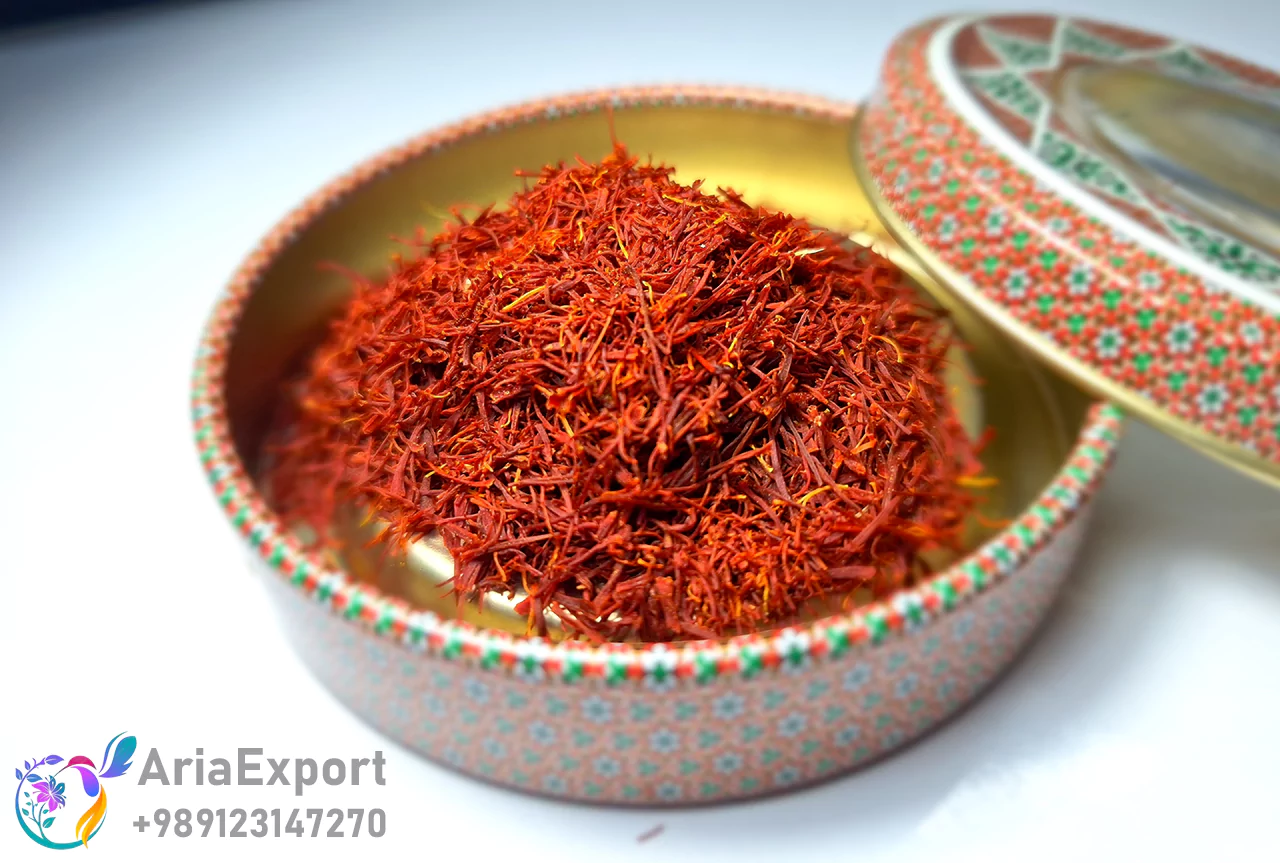
Sargol saffron, a top quality spice, comes from the Crocus sativus flower and is grown in Iran, mainly in Razavi Khorasan Province, in cities like Qaenat, Kashmar, Torbat Heydarieh, and Bajestan. Known for its distinct aroma and taste, Sargol is one of the best types of saffron produced in Iran.
What is Sargol Saffron?
Sargol saffron refers to the saffron obtained from the stigma of saffron threads. It is named "Sargol" because the upper part of the saffron thread is separated to produce it. By removing the yellow part of the thread, all of it consists of vibrant red threads, which results in the highest quality and the best coloring strength among other types of saffron.
One of the key features of Sargol saffron is its uniform color and appearance, with threads that are entirely red. This type of saffron also has the highest coloring strength. This article answers the question: What is Sargol saffron?
This saffron is obtained by sifting and cleaning pushal saffron and dokhtar-pich saffron. During the sifting and cleaning process, some stigma separated from pushal and dokhtar-pich saffron may break or turn into powder to produce sargol saffron.

For this reason, premium saffron is categorized based on the amount of broken or powdered stigma, divided most notably into first-grade sargol saffron and lower-grade sargol saffron. Regarding the quality of this saffron, it’s worth noting that the coloring strength of sargol saffron is around 270 units. However, lower grades may have less coloring strength.
The characteristics, quality, and color of sargol saffron largely depend on the cultivation, care, and harvesting methods of the saffron plant. The quality of the saffron plant itself is also a key factor affecting the final product’s quality.
The harvest time of saffron is another key factor influencing the quality of sargol saffron. If saffron is not harvested at the right time, exposure to direct sunlight can reduce the quality of the saffron threads. Despite this, sargol saffron is of higher quality compared to other saffron types, making it a popular choice for exports.
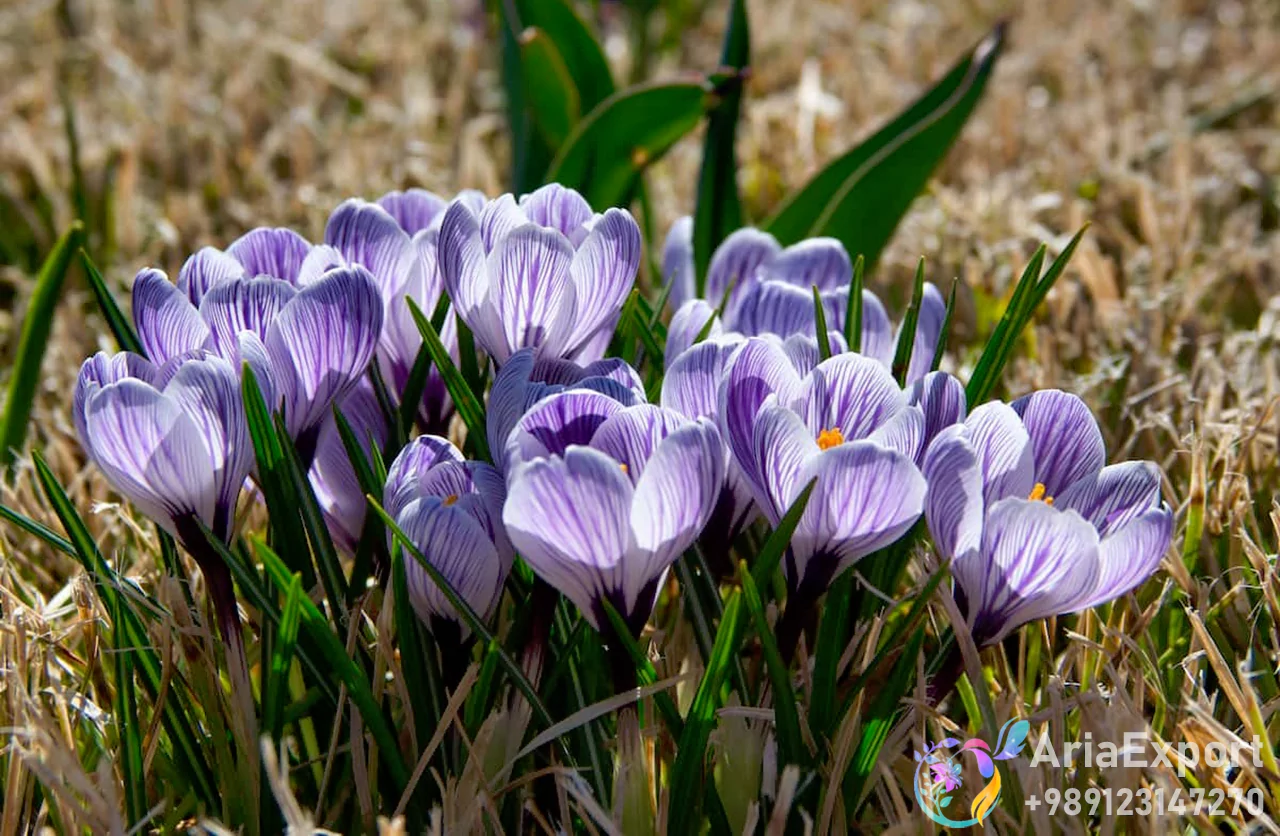
Types of Sargol Saffron
Sargol saffron can be categorized into types such as:
- premium (momtaz)
- sarqalam
- sarrishe
The classification is based on the size of the yellow part, known as the cream (khame) of the saffron thread. The shorter the cream in the sargol saffron thread, the higher the quality of the saffron, which also results in a higher price.
Sargol Saffron Characteristics
To further address the question, "What is sargol saffron?" it’s useful to become more familiar with the characteristics of sargol saffron. The finest type of sargol saffron is referred to as premium (momtaz) or export grade sargol saffron. The most significant feature of this type is its uniform, thick, and vibrant threads. In this saffron, you won’t see any trace of the cream, which is the yellow part of the saffron threads. The process of obtaining sargol saffron is considered a special process with its own specific considerations. Therefore, the most important characteristics of sargol saffron are:
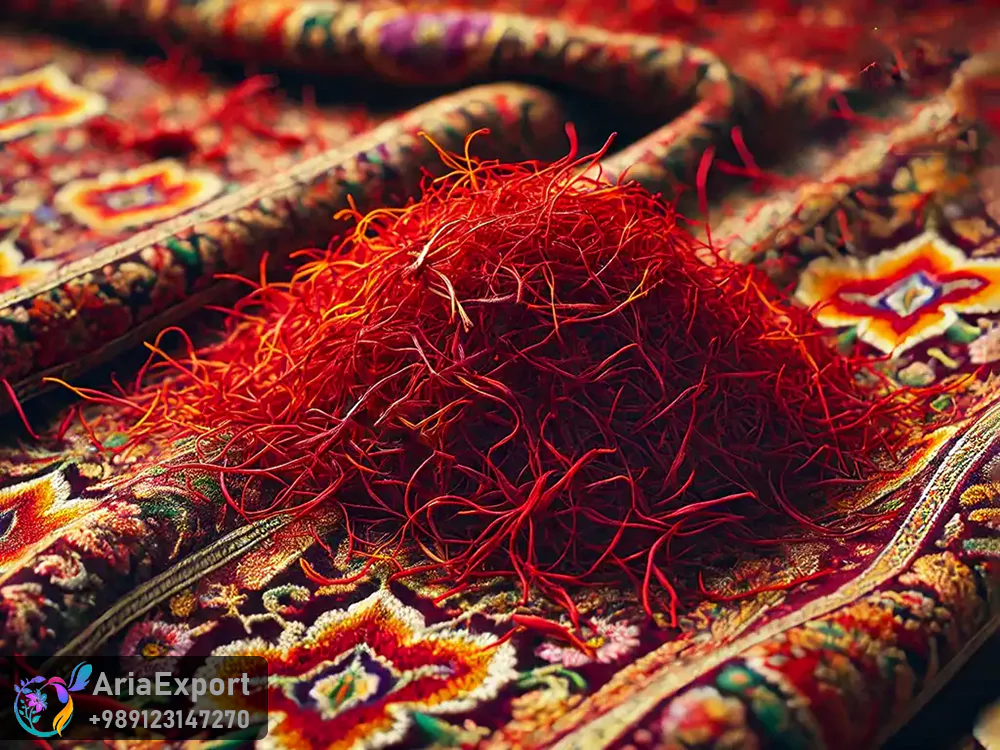
- High Coloring Strength. The coloring strength of this saffron ranges between 210 and 270, making it higher than even negin saffron.
- Vibrant Threads. Sargol saffron threads are very colorful, completely red, with no yellow parts visible.
- Separated Stigmas. In this type of saffron, the stigma is separated from the cream, resulting in threads with no attachment points.
- High Quality Threads. Sargol saffron threads are of high quality and do not stick together.
One of the advantages of using sargol saffron is its high coloring strength, and its high quality makes it cost-effective in terms of price.
| Sargol Saffron Characteristics | |
| Feature | Description |
| Coloring Strength | 210-270, higher than negin saffron. |
| Thread Color | Pure red, no yellow or white parts. |
| Stigma Separation | Fully separated, no attachments. |
| Thread Quality | High quality, non sticky threads. |
| Thread Thickness | Thicker than other saffron types. |
| Crocin & Safranal | High content, intense coloring. |
Sargol Saffron Benefits
The advantages of sargol saffron include the following:
- High coloring strength, ranging from 210 to 270, surpassing even negin saffron.
- Completely red threads with no yellow or white cream parts, ensuring vibrant color.
- Stigmas are fully separated from the cream, resulting in no attachment points.
- High-quality threads that do not stick together, enhancing visual appeal.
- Thicker stigma threads compared to other saffron types.
- High concentration of crocin and safranal, providing intense coloring strength.
- Cost-effective due to its high quality and coloring power.
- Visually appealing as stigmas are not connected, unlike narmeh saffron.
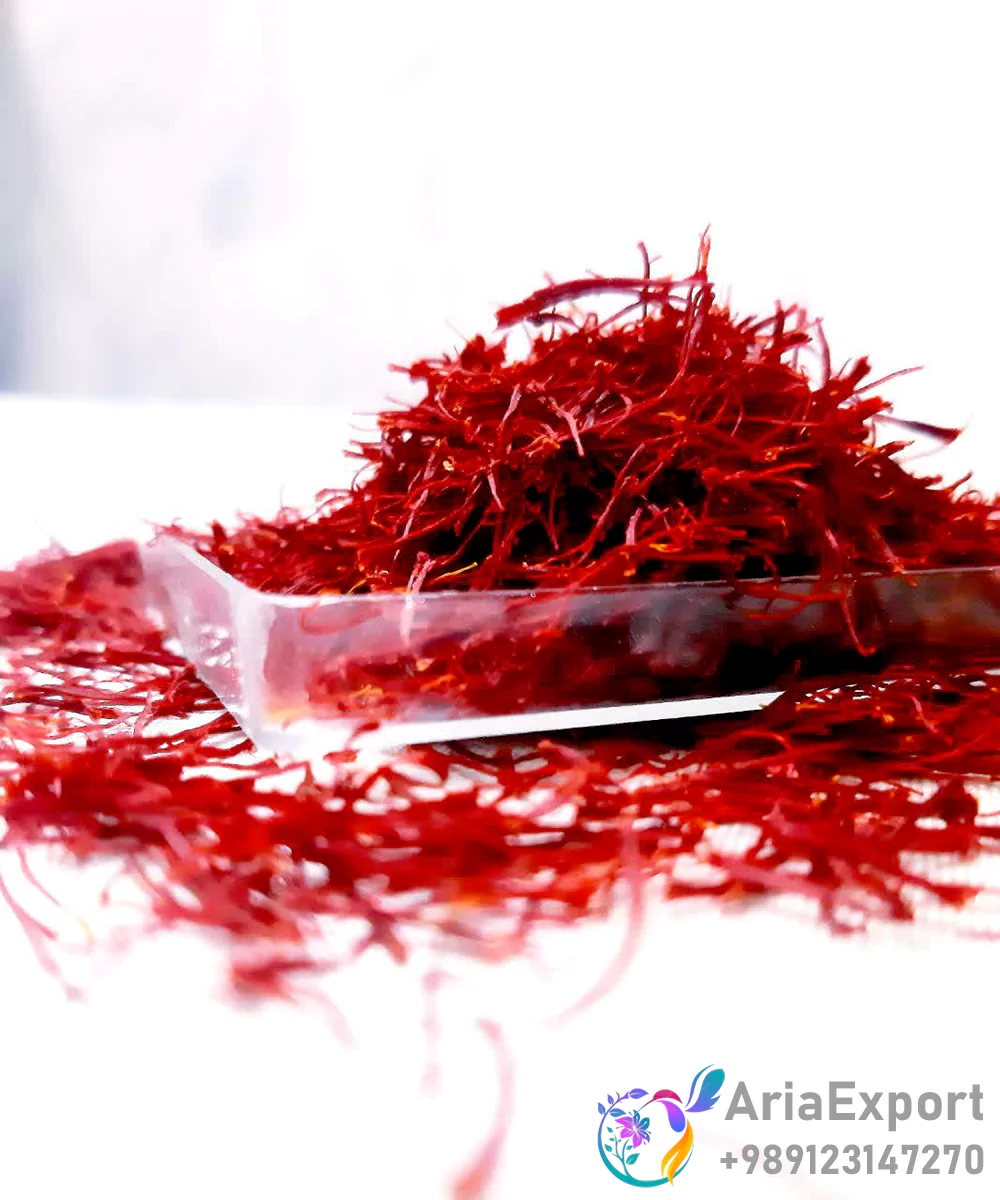
How to Identify High Quality Sargol Saffron?
To produce sargol saffron, only the stigma of the saffron threads is used. This gives sargol saffron an advantage over other types, but it has also increased the likelihood of counterfeit sargol saffron appearing in the market. Therefore, knowing how to identify authentic sargol saffron is of greater importance.
1. Testing Coloring Speed
One of the most important methods for distinguishing authentic sargol saffron from fake versions is to observe its coloring speed. Sargol saffron has a high coloring strength, but this coloring occurs at a slow rate. This means you can test the coloring speed to verify its authenticity.
2. Conducting the Cold Water Test
To do this, it’s best to grind sargol saffron and use cold water to test its coloring speed. Place a few ground sargol saffron threads in a glass of cold water and observe the coloring speed. If the saffron releases color quickly, this is a sign that it may be counterfeit.
3. Evaluating Coloring Time
Premium sargol saffron requires at least 15 to 20 minutes to release color in cold water. The length and thickness of the stigma can also help you identify authentic sargol saffron. The longer and thicker the stigma of sargol saffron, the more likely it is to be authentic.
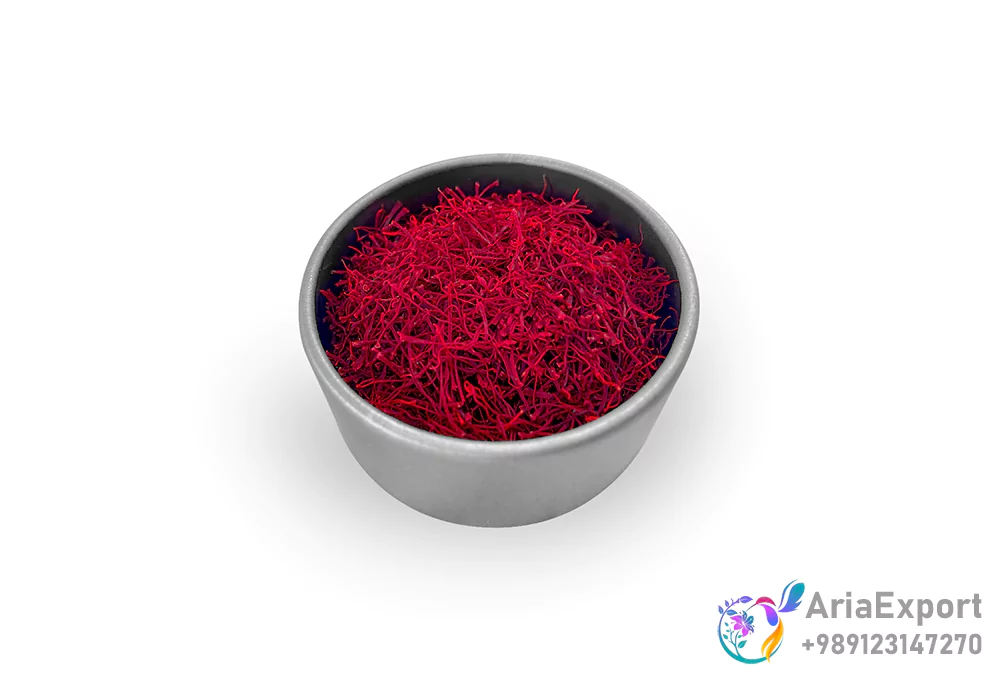
4. Assessing Stigma Quality
Proper cultivation and harvesting conditions result in longer, thicker, and overall higher quality stigmas. To identify authentic sargol saffron, it’s helpful to become more familiar with the differences between this type and other saffron varieties. The main difference between sargol saffron and pushal saffron lies in the amount of cream and stigma in each, which causes them to have different coloring strengths.
5. Understanding Quality and Pricing
Overall, sargol saffron has higher quality and broader applications. The pricing of authentic sargol saffron depends on various factors. One key factor affecting pricing is the quality of the stigma. Uniform, thick, and vibrant stigmas are of higher quality and, accordingly, have a higher price.
Applications of Sargol Saffron
Sargol saffron is one of the finest types of saffron and has numerous applications. Among the uses of sargol saffron is its application in household and culinary purposes. This type of saffron offers superior coloring strength and serves as a vibrant and aromatic seasoning for cooking. Another application of sargol saffron is its medicinal properties. Saffron has been widely used in traditional medicine and is employed to improve various health conditions.
For example, research indicates that compounds in saffron are effective in reducing brain inflammation. To learn more, visit medicalnewstoday.
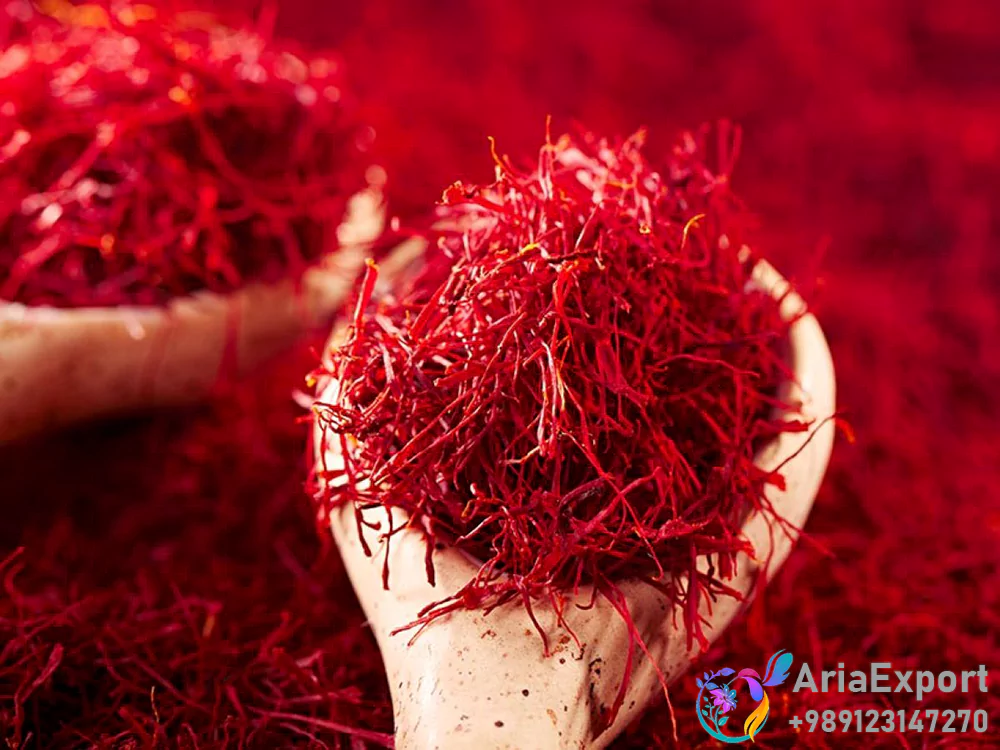
Differences Between Sargol Saffron and Other Types of Saffron
The table below outlines the differences between Sargol saffron and Negin, Pushal, Dasteh, Khame, and Narme saffron:
| Saffron Type | Physical Characteristics | Coloring Strength | Quality and Applications |
| Sargol | Red stigmas, thinner, length less than 2 cm, no cream | Good (210–270) | Good quality, cost effective, ideal for household cooking |
| Super Negin | Large, long stigmas, no breakage, fully red | Very high (highest) | Best quality, most expensive, ideal for export |
| Negin | Large stigmas, red, no yellow or cream, ~2 cm | Very strong | High quality, great aroma, suitable for export and household |
| Pushal | Red stigmas with some yellow/white cream | Moderate | Moderate quality, cheaper, suitable for general use |
| Dasteh (Dokhtar-pich) | Red stigmas attached to cream, bundled | Low | Low quality, suitable for industrial or local use |
| Khame (Root) | White base of stigma | Zero (no coloring) | Cheapest, used for medicinal purposes |
| Narmeh (Powder) | Broken, powdered saffron | Variable, usually low | Cheapest, used for industrial purposes |

Read More: Negin Saffron
How Sargol Saffron is Produced?
The production process of Sargol saffron differs from other saffron types. After harvesting and cleaning the saffron, Pushal and Dasteh (Dokhtar Pich) saffron are obtained. Sargol saffron is then produced from these types. During the conversion of Pushal and Dasteh into Sargol, the stigma strands may break, which is why Negin saffron strands, directly obtained from the saffron flower, appear more intact and refined.
Where can I buy Sargol saffron?
If you're looking for a reputable and official company to buy Wholesale Iranian Sargol saffron, Aria Export is at your service. We have been active in this field for years, supplying high quality products and exporting them worldwide. If you want to Buy Sargol saffron at a reasonable price, visit our "Online Price and Sargol Saffron Purchase" page now or contact us.
